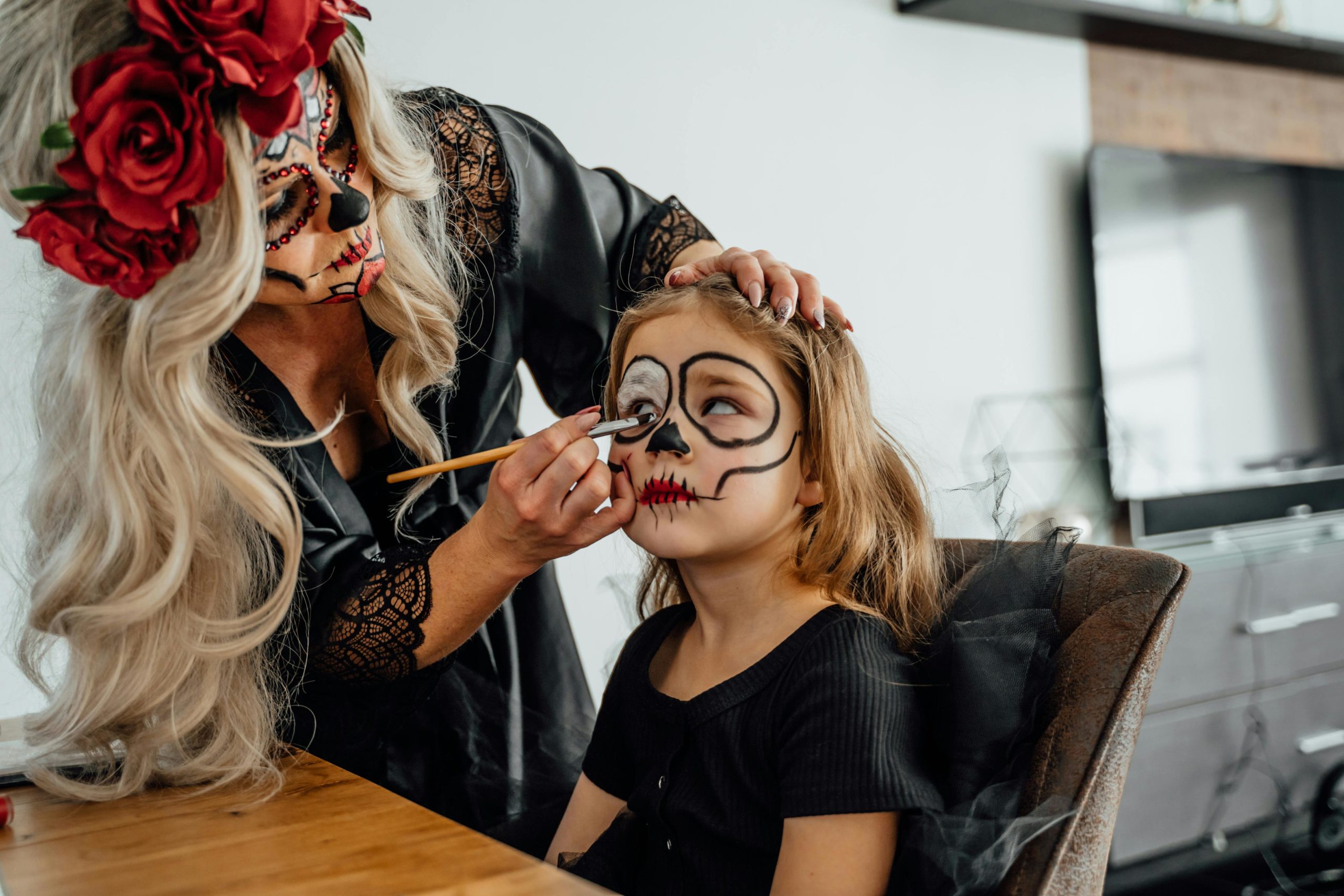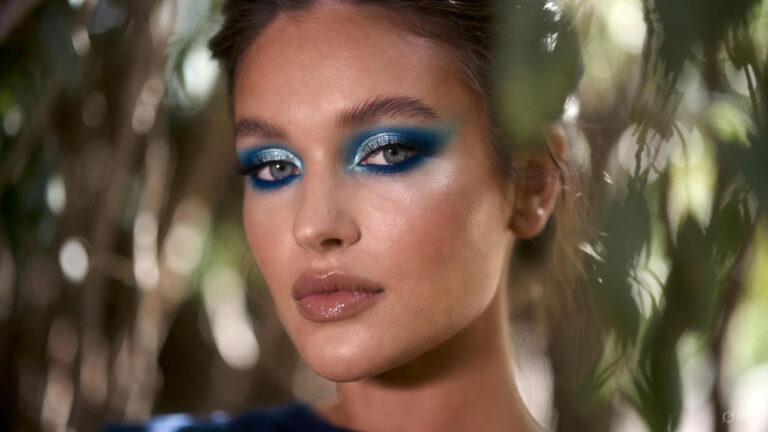In the world of beauty and cosmetics, the allure of dark and dramatic makeup has captivated enthusiasts for generations. From smoky eyes to deep, vampy lips, these striking looks evoke a sense of mystery, glamour, and rebellion.
But where does this fascination with darkness and drama originate? Enter the world of Gothic art, a genre characterized by its brooding imagery, macabre themes, and ornate aesthetics.
In this article, we’ll explore the profound influence of Gothic art on dark and dramatic makeup, tracing its roots from medieval cathedrals to contemporary subcultures, and examining how Gothic aesthetics continue to inspire bold and expressive beauty looks.
The Origins of Gothic Art
Gothic art come outd in the Middle Ages, during a period of profound social, political, and religious upheaval in Europe. Characterized by its emphasis on verticality, ornate decoration, and spiritual symbolism, Gothic art reflected the values and aspirations of medieval society.
From the towering cathedrals of Chartres and Notre-Dame to the illuminated manuscripts of monks, Gothic art sought to elevate the human spirit and inspire awe and reverence for the divine.
The dark and dramatic themes prevalent in Gothic art were often rooted in the existential anxieties of the time, including mortality, sin, and the supernatural. Images of death, demons, and the afterlife were common motifs, serving as reminders of the fleeting nature of earthly existence and the importance of spiritual salvation.
Gothic Art and Beauty
The influence of Gothic art on beauty and cosmetics can be traced back to the medieval period, where notions of beauty were often intertwined with religious symbolism and moral virtue.
Pale skin, rosy cheeks, and blood-red lips were prized as signs of purity and health, while dark, kohl-rimmed eyes evoked a sense of mystery and allure.
As Gothic aesthetics advanced over the centuries, so too did their impact on beauty trends and practices. The Romantic era saw a resurgence of interest in medieval imagery and themes, with artists and writers drawing inspiration from Gothic architecture, literature, and art.
Pale, ethereal beauty became fashionable, with women adorning themselves in delicate lace, flowing silks, and mournful accessories reminiscent of medieval heroines and tragic heroines.
Gothic Revival and Modern Makeup
The Gothic revival of the 19th century sparked a renewed interest in medieval aesthetics, paving the way for the come outnce of Gothic-inspired beauty trends and subcultures.
The Pre-Raphaelite Brotherhood, a group of artists who sought to recapture the purity and simplicity of medieval art, popularized the “natural” beauty look, characterized by long, flowing hair, minimal makeup, and ethereal, doe-eyed expressions.
In the 20th century, the influence of Gothic art on beauty and cosmetics became more pronounced, as subcultures like punk, goth, and emo embraced dark, theatrical makeup as a form of self-expression and rebellion.
Smudged eyeliner, black lipstick, and ghostly white foundation became signature elements of these subcultures, symbolizing a rejection of mainstream beauty norms and a celebration of individuality and non-conformity.
The Contemporary Gothic Aesthetic
Today, the influence of Gothic art on dark and dramatic makeup can be seen in a variety of beauty trends and subcultures. From the avant-garde looks of haute couture runways to the everyday glamour of Instagram influencers, Gothic aesthetics continue to inspire bold and expressive beauty looks that challenge conventional notions of beauty and femininity.
Contemporary Gothic makeup often incorporates elements of fantasy, surrealism, and avant-garde fashion, blending traditional Gothic motifs with modern twists and innovations.
Smoky eyes, sculpted brows, and vampy lips remain staples of the Gothic beauty repertoire, while experimental techniques like contouring, highlighting, and graphic liner add a contemporary edge to classic looks.
Conclusion
The influence of Gothic art on dark and dramatic makeup is undeniable, shaping beauty trends and aesthetics for centuries. From the medieval cathedrals of Europe to the subcultures of the modern era, Gothic imagery continues to inspire bold and expressive beauty looks that challenge conventions and celebrate individuality. Whether it’s the haunting allure of a smoky eye or the vampy glamour of a deep, blood-red lip, Gothic makeup invites us to embrace our dark side and explore the beauty of the macabre.
FAQs
Q1: How can I incorporate Gothic-inspired makeup into my everyday look?
You can incorporate Gothic-inspired makeup into your everyday look by focusing on one dramatic element, such as a bold lip or smoky eye, and keeping the rest of your makeup subtle and understated.
Q2: Are there specific makeup products or brands that cater to Gothic beauty?
Several makeup brands offer products specifically designed for Gothic beauty, including dark lipsticks, smoky eyeshadows, and pale foundations. Some popular brands include Kat Von D Beauty, Lime Crime, and Illamasqua.
Q3: Can anyone wear Gothic-inspired makeup, regardless of skin tone or facial features?
Absolutely! Gothic-inspired makeup is all about self-expression and creativity, so anyone can wear it regardless of their skin tone or facial features. Experiment with different colors, textures, and techniques to find a look that suits you.
Q4: Are there any tutorials or resources available for learning Gothic makeup techniques?
Yes, there are plenty of tutorials and resources available online for learning Gothic makeup techniques. Websites like YouTube and Instagram are great places to find tutorials from makeup artists and enthusiasts who specialize in dark and dramatic looks.
Q5: Can Gothic-inspired makeup be worn for special occasions, like parties or events?
Definitely! Gothic-inspired makeup is perfect for special occasions, as it allows you to make a bold statement and stand out from the crowd. Experiment with different looks and techniques to find a style that complements your outfit and the vibe of the event.



